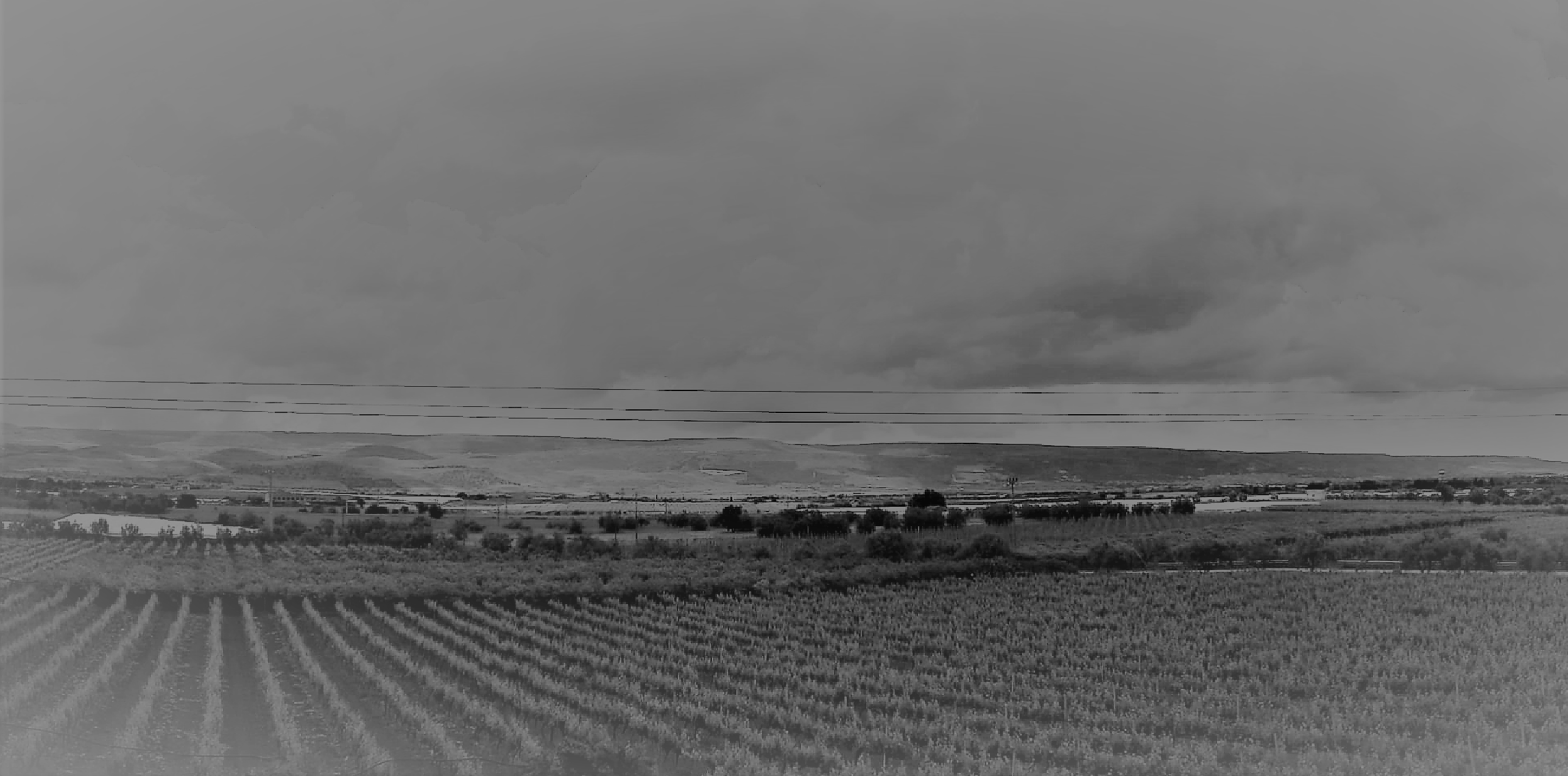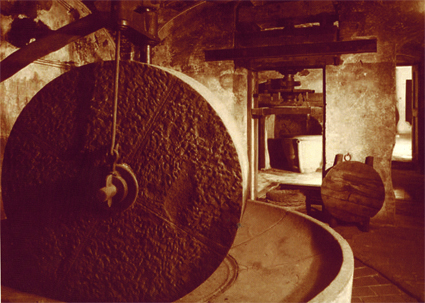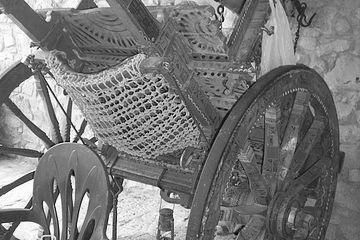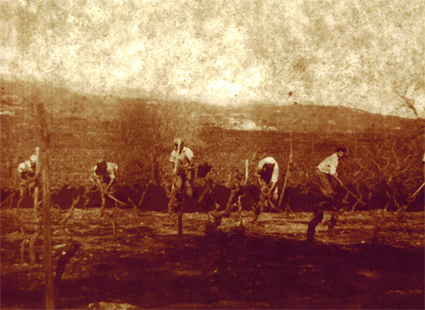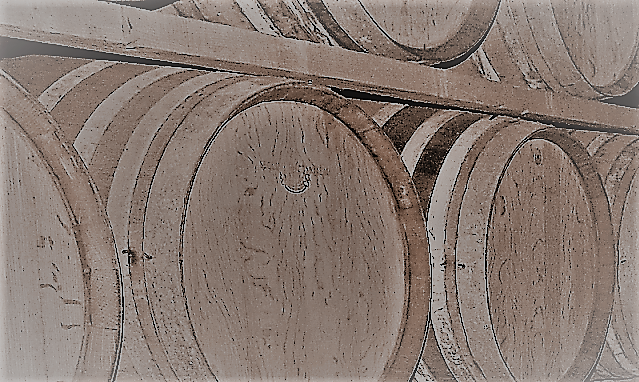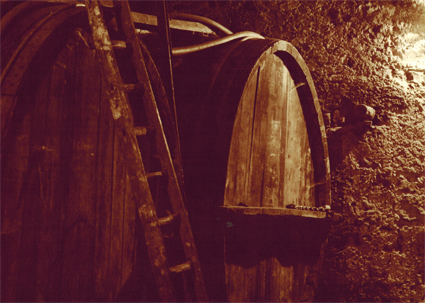Our history
Chiaramonte Gulfi 18 04 1902
It all started with my grandfather who said to me: Who is in Sénia?
I was intent on playing with the "strummula" and happy I replied: What a nice grandfather a new game !!! I was still a child I did not understand what my grandfather wanted to tell me. He replied: Someday I'll take you with me. This same question was always a puzzle for the children in our family.
Even now my grandfather at lunch Sunday family one day came to me and put me the same question. Thirty-year-old I replied: Grandfather but that's our name contrada. He laughed happy at my naivety, and I begin to tell me this story. Our estates are called Senia in the ancient area of "Murtidda" in Sicilian, because still in '43 between the vineyards and the olive trees this plant was born the Mirto wild, now almost extinct throughout the area, and a basin of water that allowed the fields to be irrigated. And that's where my father around 1960 I leave the first land where I can produce the my wine.
But before all of this, you have to go back to one hundred years.
In 1850 my great-grandfather Biagio was a wealthy landowner baron, had land in Ganzeria, about 80 hectares, with centuries-old olive trees, and 20 hectares of land in Murtidda with one hundred and one hundred year old vineyards. They were beautiful times, oil and wine were made, and through the Carretteri it was they brought these raw materials around Sicily. To the great-grandfather Biagio, now a widower, liked to go once a month too with its employees. The wine and oil were left in the shops and in Fondaco "U Funnicu" where the carters could stay with their horses.
In 1860 he opened a Fondaco also in Enna so that i carters could refresh themselves and rest. Unfortunately in one of on these trips he fell ill, died and left everything to his son Carmelo. At the age of 5/6 Carmelo found himself with a rich heritage he couldn't handle, too small. Little by little the relatives, among them they shared land, blocks of flats, millstone and oil mill, and to the small one Carmelo has nothing left, he grew up with an aunt and left eighteen soldier.
On his return without goods and property I go back to his aunt. Already at the age of 50 this aunt died and Carmelo inherited 5 hectares of vineyards.
Was already in 1890 and Carmelo started working his own vineyards I look for a wife e he got married. He had 4 daughters and 2 sons. (Lucia Vannina, Pippina and Rosina) (Biagio e Salvatore). Salvatore was born in 1896 and the work began well
in the fields with his father learning the art of pruning and grafting. They were good “Nzitaturi” grafters and were called throughout Sicily. With the money earned gradually bought other vineyards and houses in Murtidda strategic point near the main road there Vittoria-Cannamellito-Pantaleo- Licodia Eubea-Catania (now S.p. 5).
Salvatore inherited all the properties from his father in 1920, about 6 thousand vineyards married and had 3 children, in order Emanuela in '24, Carmelo e in '30 in '34 Giovanna. Carmelo too, like his father, started working already little boy in the vineyards learned how to take care of the vineyard to prune and graft. They made wine with their father and sold it in their own buildings. The harvest was a beautiful time if you think that on September 28th 1930 it was really Mussolini to proclaim the "Grape Day" to encourage consumption local wine, in times when the regime flaunted a policy anti-alcoholic. Meanwhile the father divided all the properties to the children: at daughters went to houses in the city and land and houses to their son Carmelo.
In 1956 Carmelo married Angela and had 3 children, always in the family tradition the sons they took their father's job from an early age, and with the earnings they began to buy land a Senia, an area rich in water with calcareous subsoil on the s.p5. Senia is one contrada di Roccazzo, a hamlet where already in 1341 pieces of land with wells and millstones. So the name "Roccarzo" defined one quality of land suitable for vineyards. In '66 he bought the 1st land a Senia where he built the well and gradually bought the other land alongside with vineyards of one hundred and one hundred years all sapling with stems that you you could also sit down to rest. In '68 the millstone was bought a Senia with 6 "ditches" the ancient vats. 4 ditches for the fermentation of musts 2 ditches with foot crushers, usually the grapes were mashed with shod boots. From the vat the must passed to the ancient immobile “Ammobile” press, with the screw planted one meter underground, and returned again to the fermentation vat.
In ancient times, before putting the must in wooden barrels, it was filtered by hand in the "Cruvedda" basket made of reeds. In those days there were 14 wooden barrels of 25 and 20 hl and 2 wooden barrels of 50hl. The cellar in old houses and the millstone in Senia, the still young children always helped the father, but a solution had to be found. Carmelo in the years '78 -'80 he thought of selling the blocks of flats and wooden barrels, in order to be able to acquire the ancient palace of Senia attacked to the millstone already purchased.
Purchased the ancient palace not being able to renovate was destroyed and the buildings were built with adjoining cellar all around the millstone. Another cellar was built near the entrance in order to have a first point of sale. Always in In the same years, sapling vineyards were uprooted and i espalier vineyards. Always in the peasant tradition the stakes for the vineyards were built in the house. Between the '80s and' 90s the first steel silos were bought, in '95 the hydraulic motor presses and modern destemmers.
We still continue what is best for us, to enhance our territory
